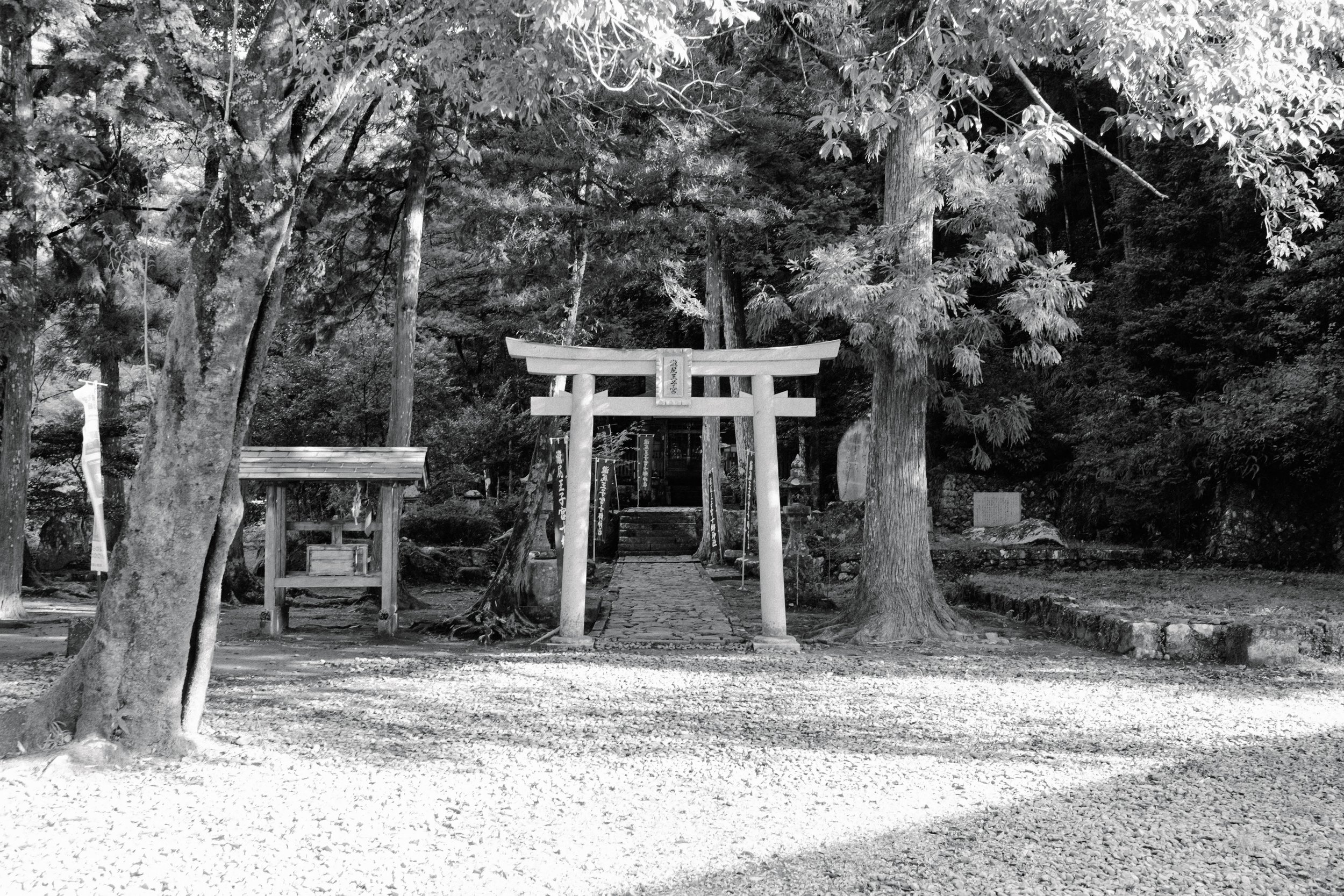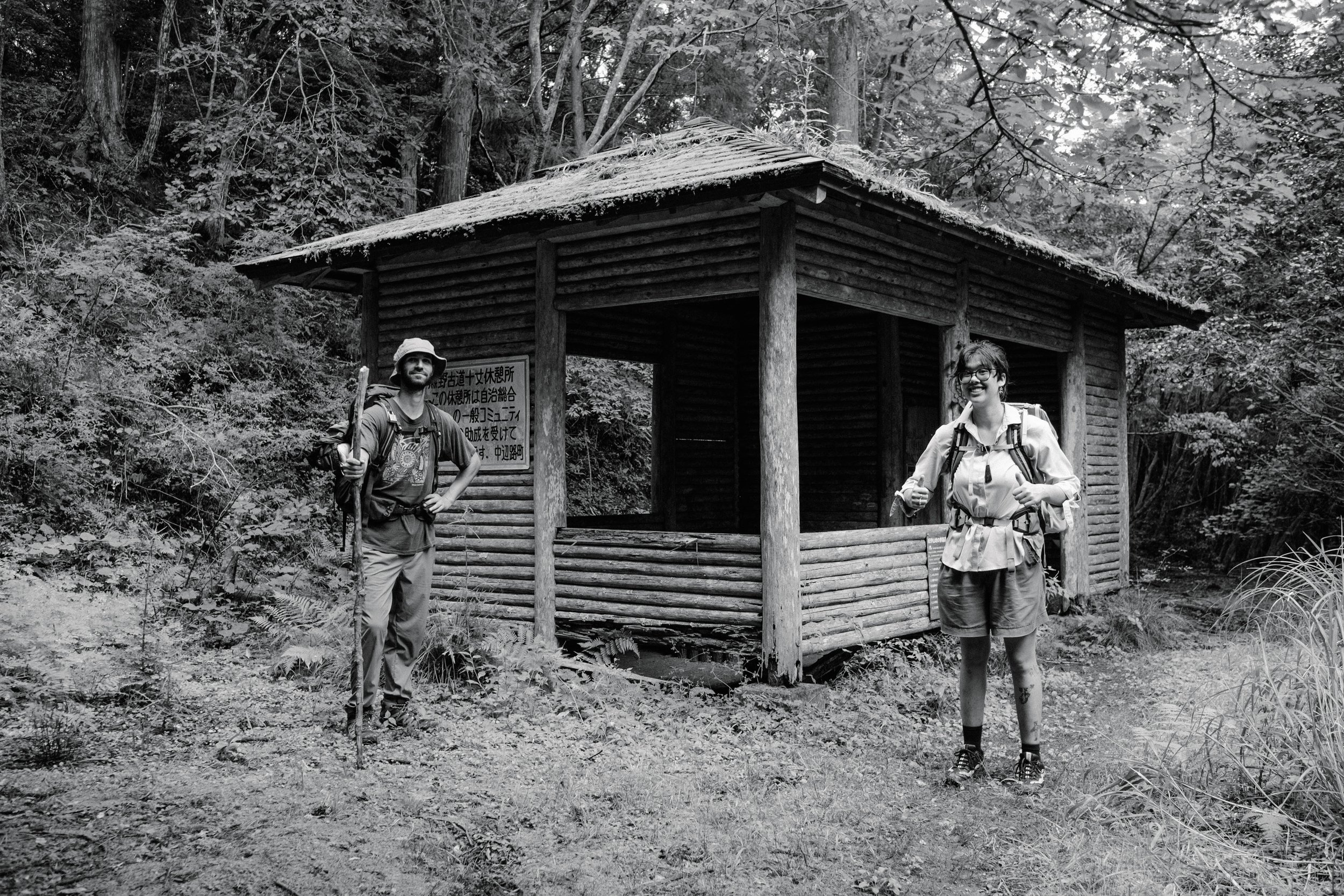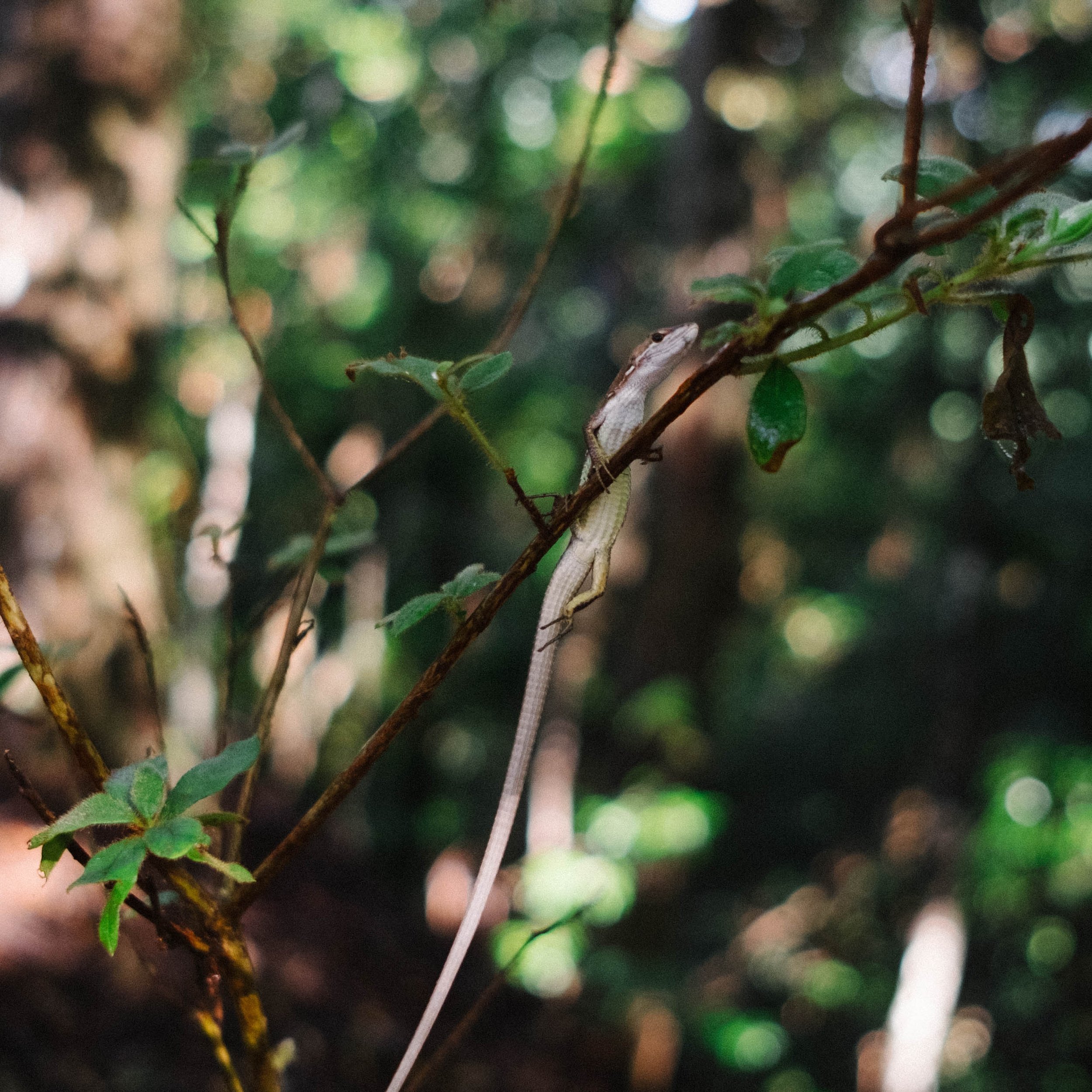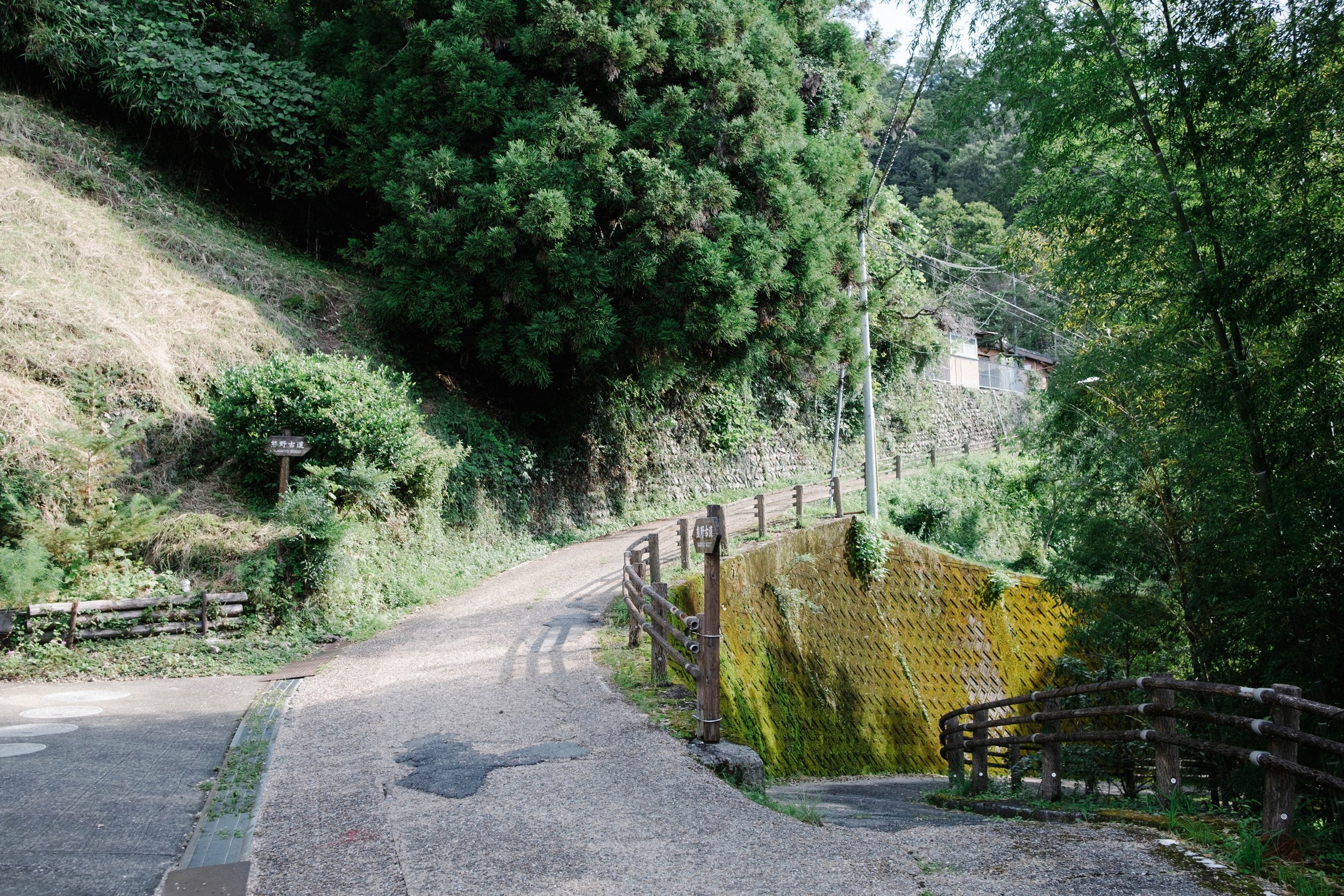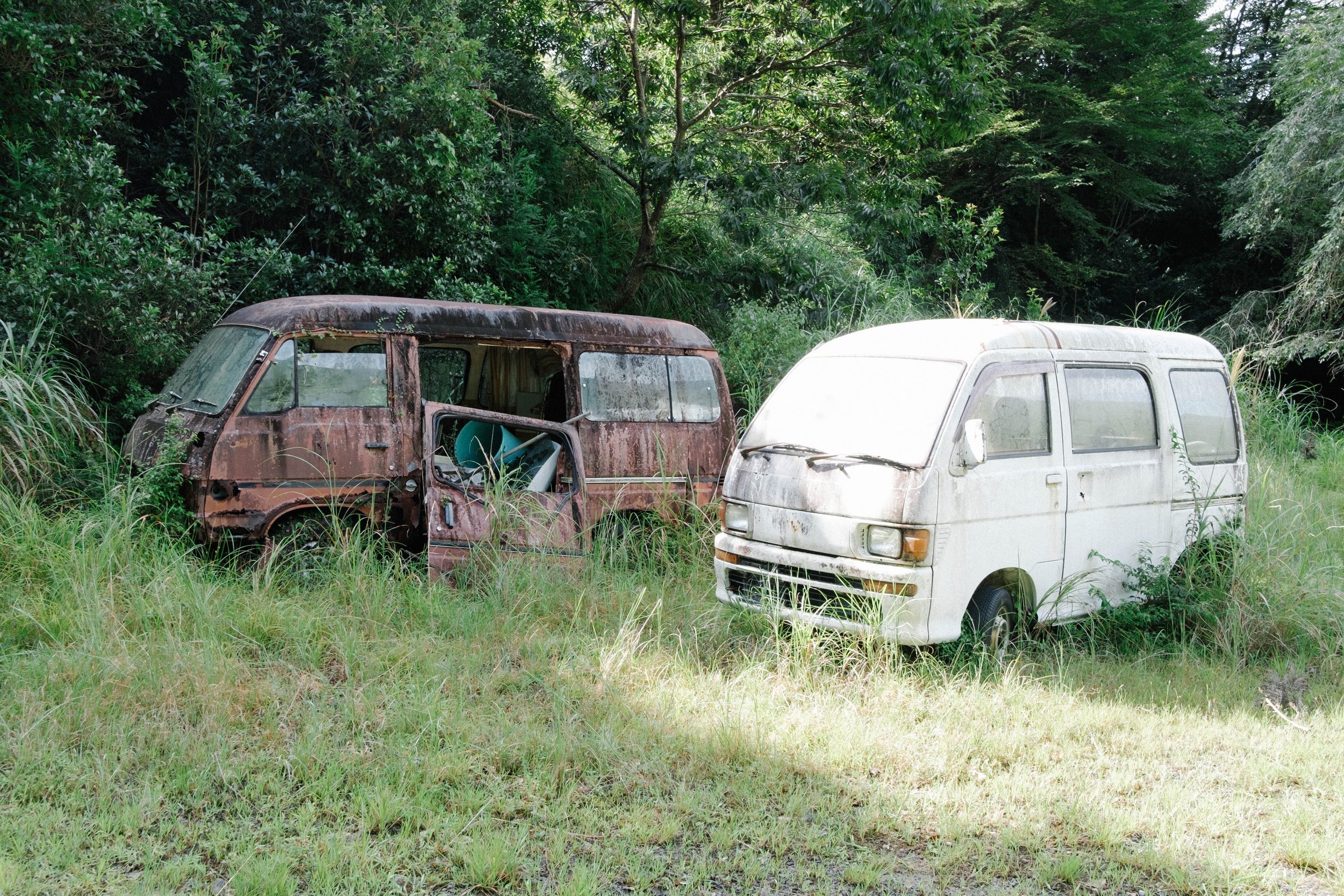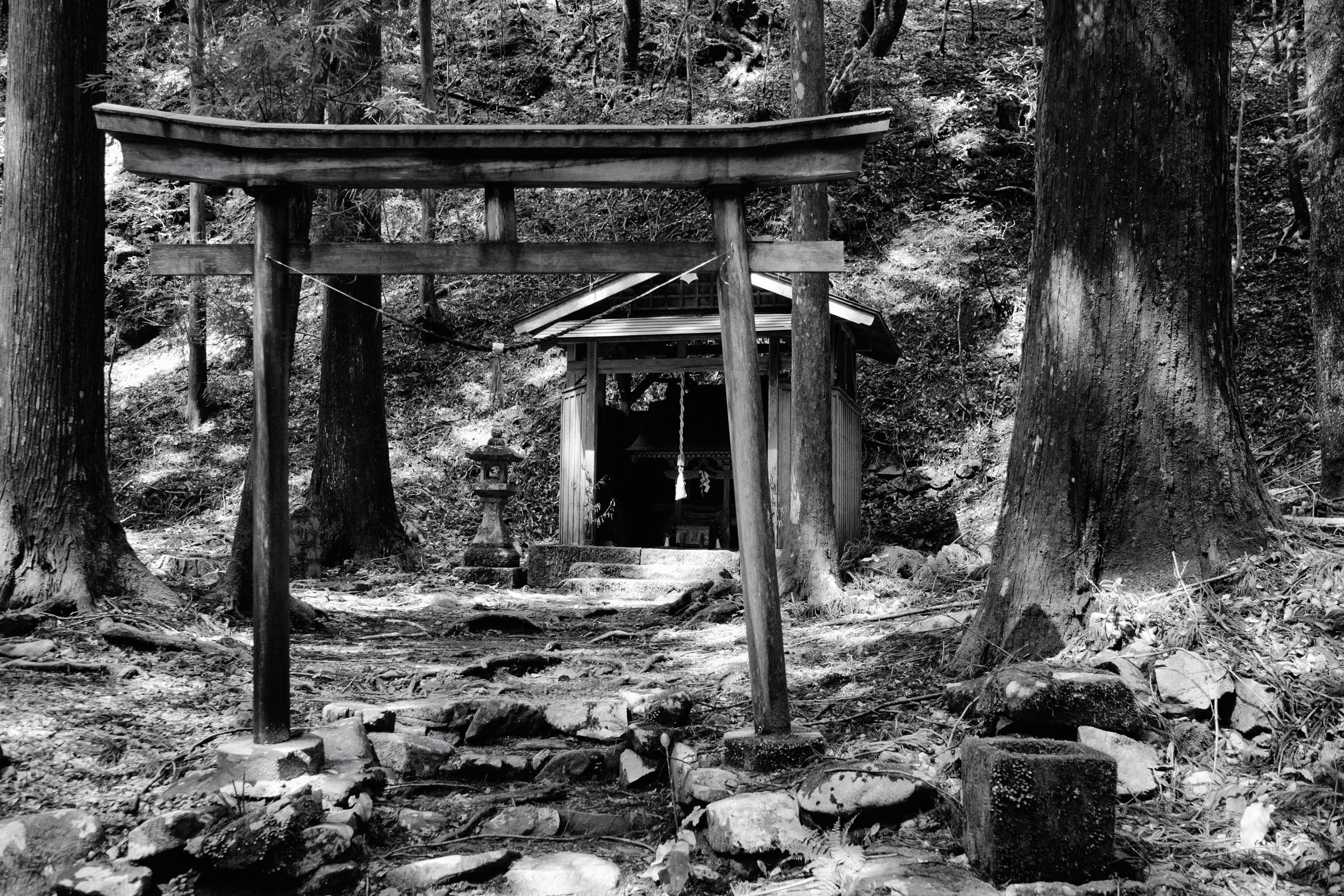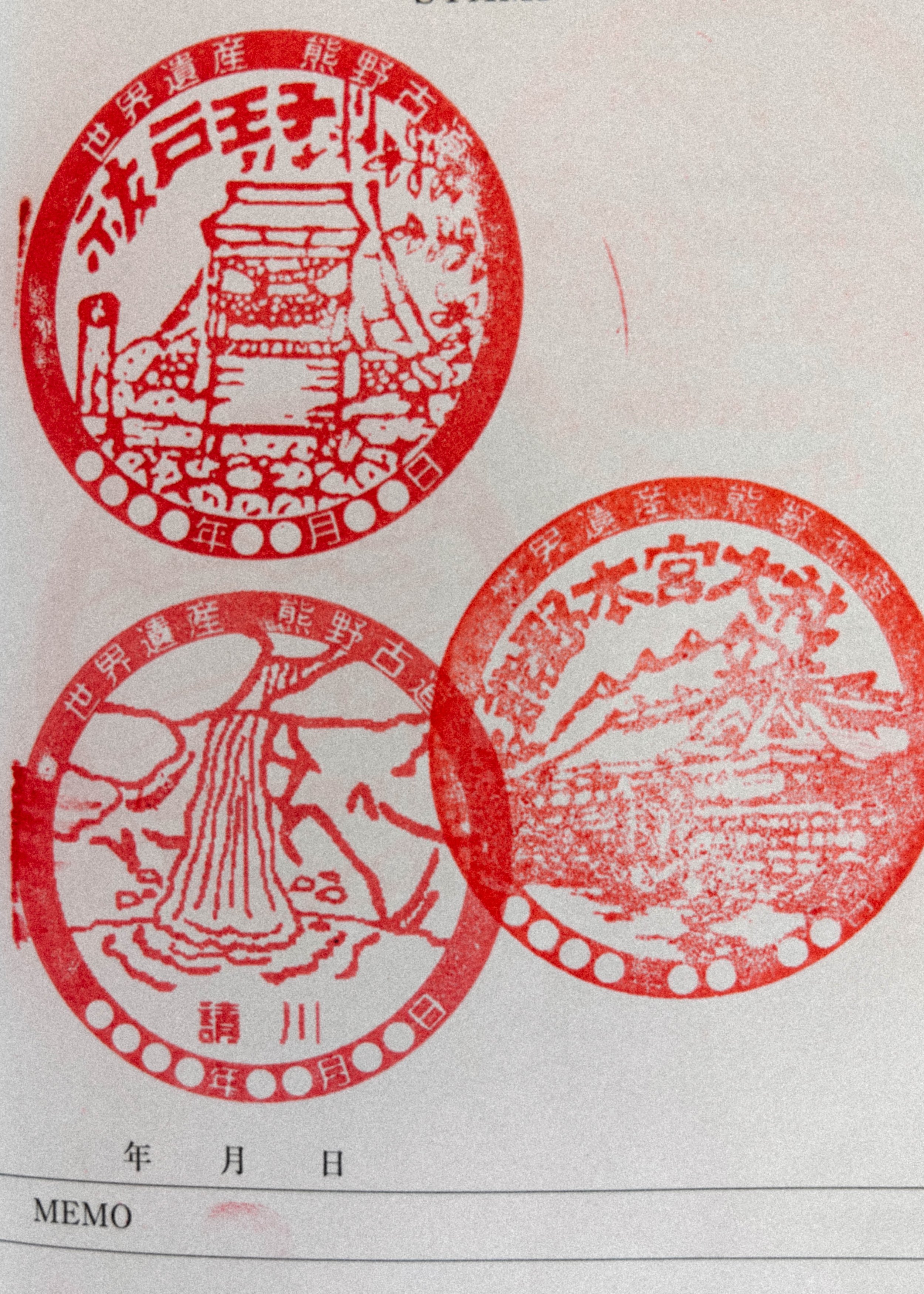Kumano Kodo - The Nakahechi Route
Takijiri oji - Chikatsuyu - Hongu - Koguchi - Nachi
The Kumano Kodō, located on the Kii Peninsula in Japan, is a series of mountainous trails that pilgrims have been walking for over 1000 years. Upon this network of stone pathways sit three major shrines; Hongū, Nachi, and Hayatama, the three most holy sites in the region. These shrines, among others, are inhabited by Komano Gogan, deities that stem from Shinto, Buddhism, and various other religions. The Nakahechi is the most popular and accessible route, passing through many small towns, large cedar forests, and over 50 shrines. Of course we knew none of this, but were just psyched to get tramping while visiting Japan.
We arrived at the trailhead bright and early, hopping off a bus filled with children on their way to school. We stamped our book, paid our respects to the deity, and entered through the first of many torii to start our journey. The trail led us along ancient stone paths, winding through monocultures of cedar with occasional red pines and giant wisteria trunks twisting into the canopy. We passed through the small town of Takahara, where rice was hung up to dry and vending machines hummed at every corner. While the diversity of flora was somewhat limited, the fauna and fungi impressed with many Ghibli-esquei characters. Unfortunately, the striped snake I spotted was particularly camera shy.
Chikatsuyu
Many statues in Chikatsuyu depict Kazan the 65th emperor of Japan admirably riding both a horse and a cow simultaneously through town. It is said that Chikatsuyu, roughly translating to “floppy chopstick”, is named after a time when Kazan himself inevitably failed attempting to eat a meal using two reeds. Sadly, the town is slowly succumbing to Japan’s urban migration with an abundance of overgrown houses and elderly residence. The trail itself had far more domestic traffic and infrastructure a century prior, when tea houses, ryokan, and shoe stores were found around every corner.
Tayla and I agreed that this town was our highlight of Japan, with its sleepy, magical atmosphere and many charming inhabitants. We were the only guests staying at our guesthouse, hosted by Naomi and Yasuyuki who lent us bikes and gave us directions to the best swimming spots along the river. We were told stories of the cheeky local monkeys and a stand of ancient cedar, both of which we were to pass the following day. These giant trees, approximately 600 years old, were some of the only intact old-growth vegetation on the entire trail, saved in the early 1900s by a conservationist and activist named Tanaka Shozo.
Day two, with over 20 kilometres of mountain passes and river valleys was the hardest we encountered on the trail. As stubborn Kiwis we had opted to carry all our belongings, overtaken by smart folk utilising the luggage service with light day packs and infinite energy. At points, the landscape paralleled the post-apocalyptic Waitākere Ranges, with many brutalist concrete relics embedded in the lush forests.
Hongu & Koguchi
Hongū is the convergent point for all Kumano kodo routes and home to the grand Kumano Hongū Taisha shrine. The nearby Kawayu Onsen is stretch of hotels and inns nested alongside the geothermal Oto River, where hotpools can be constructed in the shallow channel using cobbles from the stream bed. Here we spent the evening relaxing in the river and recovering from the long days walk.
Day three was relatively easy going, ending in yet another small town named Koguchi. While we waited for the hostel shuttle, a store owner was joyfully impressed by my sweat soaked shirt, bravely patting me on the back while pointing us to a nearby swimming hole. Unfortunately upon arriving at our accomodation we quickly discovered that the only way to wash would be to use the comunal Onsen. Although an Onsen was on my bucket list, I envisioned I would be entering on my own terms rather than forced by the lack of a private shower. Even so, I enjoying the experience bathing outside in the rain and mist that was then developing.
Nachi
The rain and mist persisted for our final day of walking, accompanied by some lightning, and a lot of thunder. Thankfully this was also the day sporting a 1200 m climb and the cool rain provided a reprieve from the 32 degree temperatures and high humidity. Nachisan is an impressive sight, home to small mountains, Japan’s tallest waterfall, and many beautiful shrines and pagodas. At the Kumano Nachi Taisha grand shrine sits an equally grand Camphor tree with a staircase into its hollow womb where offerings can be left. After exploring the town we boarded our final bus to the nearby tuna fishing town of Tsukichi for some rest.

